Ned Sullivan of Scenic Hudson
As president of Scenic Hudson, Ned Sullivan helps steward the Hudson River's incredible natural beauty and environmental resources.
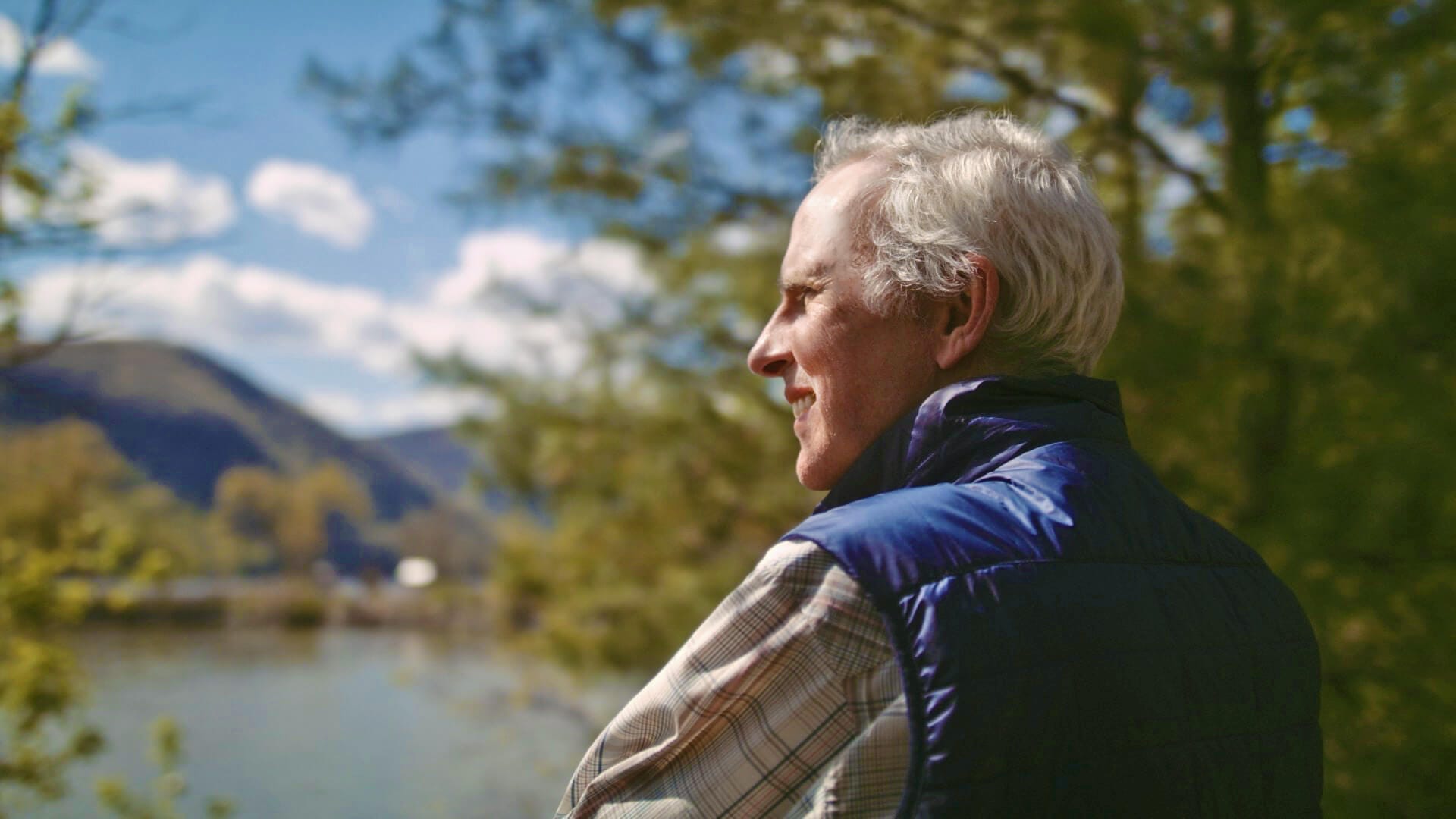
If you’ve been to a park in the Hudson Valley, there’s a good chance it’s built or run by Scenic Hudson. Their 45 parks throughout the region include local treasures such as Long Dock Park in Beacon, Poets’ Walk in Red Hook, and West Point Foundry in Cold Spring.
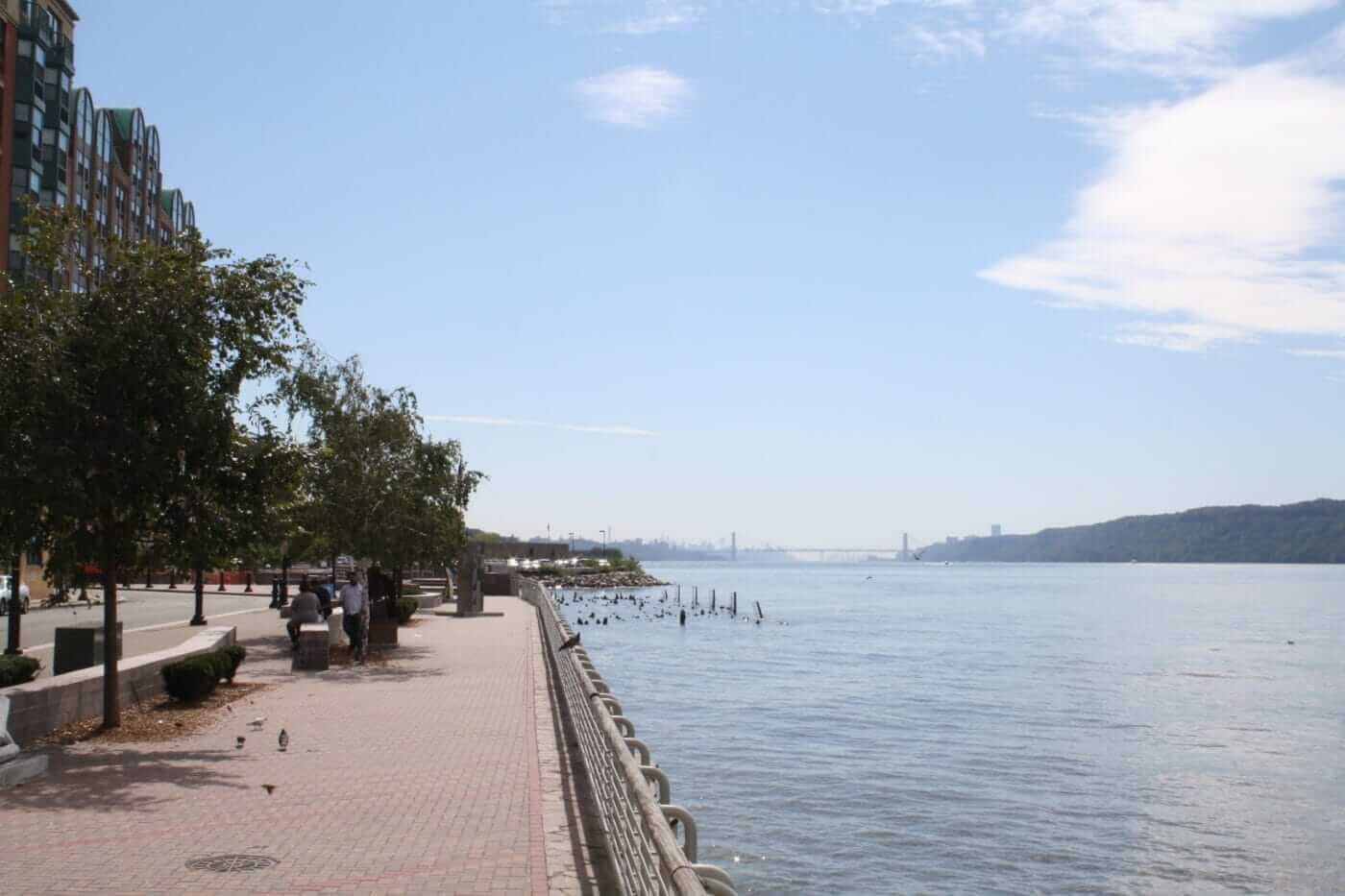
I recently spoke with Scenic Hudson president Ned Sullivan, under whose stewardship the organization has thrived. I’ve had few conversations that have left me feeling so pumped up about the past, present, and future of our region — his view of the totality of the Hudson Valley’s history, and our place in it, is exhilarating.
How did your relationship with the Hudson Valley begin?
My family and I moved here from Maine, where I’d been the state environmental commissioner, about 20 years ago. We were originally from the Hudson Valley — I grew up in the Westchester, and my wife grew up in Woodstock.
How does the Hudson River as a geological feature and ecosystem impact the Hudson Valley as a cultural region?
The Hudson River and Hudson Valley are icons of America.
There’s so much American history that has played out here in the Hudson Valley, starting with the important role of the indigenous people who lived here in harmony with nature for centuries before the Europeans came, to the many battles of the American Revolution that were fought along the banks of the river, and beyond.
The Hudson River was considered a crucial strategic asset that the British were constantly trying to gain control of, and the colonial forces under General Washington were constantly fending them off. West Point was built during the Revolution to defend the Hudson Valley from the British.
In the 19th century there was the Hudson Valley School of painters, who captured the incredible beauty, the light, and the spiritual dimensions of the river. The Hudson Valley is often called the landscape that defined America. The Hudson River School painters captured the beauty of the region and shared it all over the world, and that was many people’s first view of America. That cultural tradition continues to this day, with so many photographers and painters and poets who are inspired by the region’s beauty.
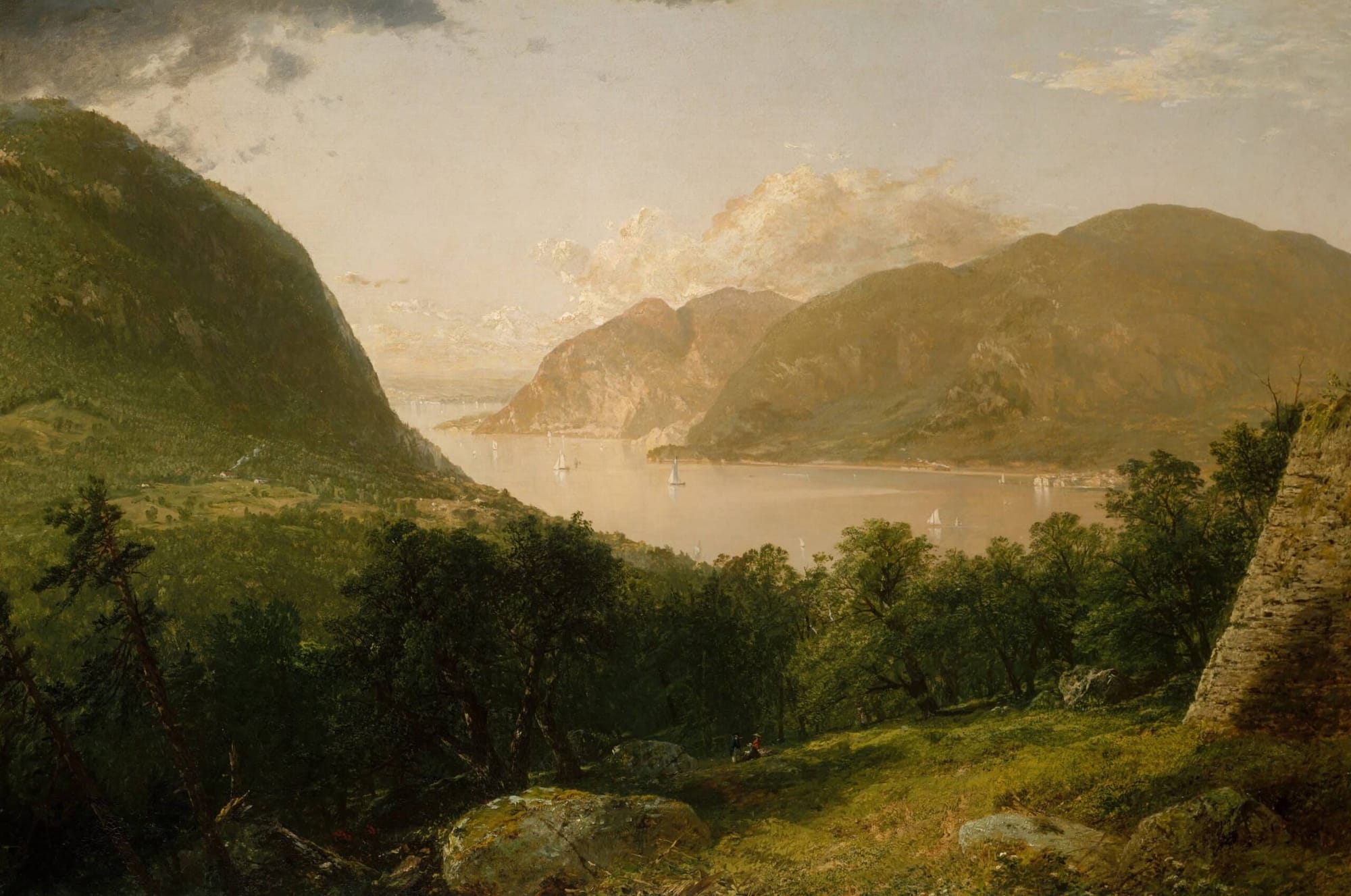
During the Great Depression and World War II, Franklin D. Roosevelt led the nation and provided global leadership from his home in Hyde Park. Many of his experiments with social programs and economic recovery programs played out here in the Hudson Valley, such as the Civilian Conservation Corps that made improvements to parks, built cabins and walls and other features of the New York State parks system, and helped put people back to work.
The modern environmental movement launched right here in the Hudson Valley in the 60s. The founders of Scenic Hudson stood up to Con Edison, New York State, and the Federal Power Commission to oppose the blasting of the northern face off Storm King Mountain and the planting of a major pump storage facility there. It would’ve pumped hundreds of millions of gallons of Hudson River water out of the river each day to create power.
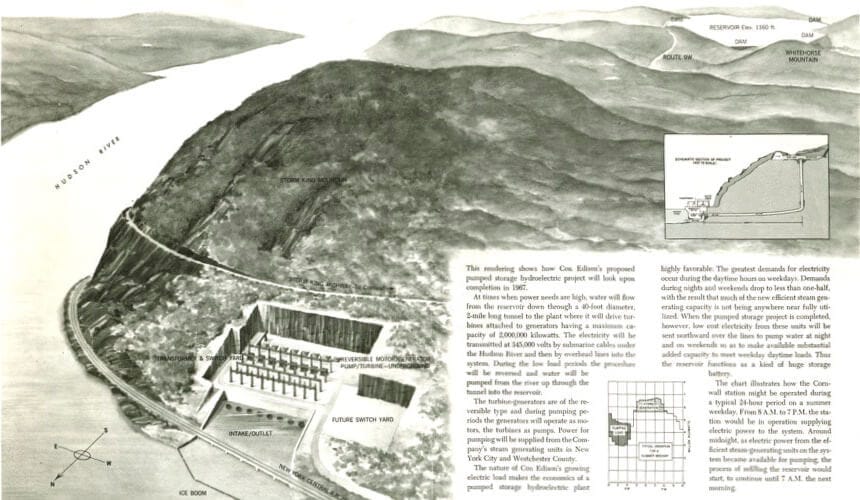
It took 17 years to defeat that project, but in the second year of the campaign they won a historic ruling that’s known in law books as the Scenic Hudson Decision. It established the principle that citizens have standing to be heard in government decisions that affect the environment. Every time someone stands up in a public meeting to oppose a proposal that’s at odds with our view of the health or beauty of our community — or, if we stand up to support a project that will benefit our environs — that right traces its origins back to the Scenic Hudson decision and the Storm King case.
The Scenic Hudson decision became the foundation of the National Environmental Policy Act, this country’s seminal environmental law, which created the Environmental Protection Agency and a whole body of laws that protect the environment and give citizens a voice in shaping the environment around them.
The activism that led to that important victory continues today. All these traditions have carried forward into the present — the love of art, the agriculture that’s a crucial component of the Hudson Valley’s economy, the whole food movement, farm-to-table cooking. There’s a richness to our agricultural heritage, the beauty of the landscape that comes from farms, and now a movement to ensure that our agricultural practices are sustaining our environment and can be a solution to climate change rather than a source of greenhouse gasses.
All of these things work together to make the Hudson Valley a very important cultural landscape, but also a beautiful place to live, work, and raise a family.
Do you have a favorite Scenic Hudson park?
I think Poets’ Walk in Red Hook is closest to my heart.
It happens to be in my town, and when I was first moving down from Maine and was trying to decide if I should join Scenic Hudson, I went to Poets’ Walk. I looked at that romantic landscape, the views of the river, and said to myself: “If Scenic Hudson can create such a beautiful place for people to enjoy and connect with the inspiring power of the river, I want to work at that organization.”
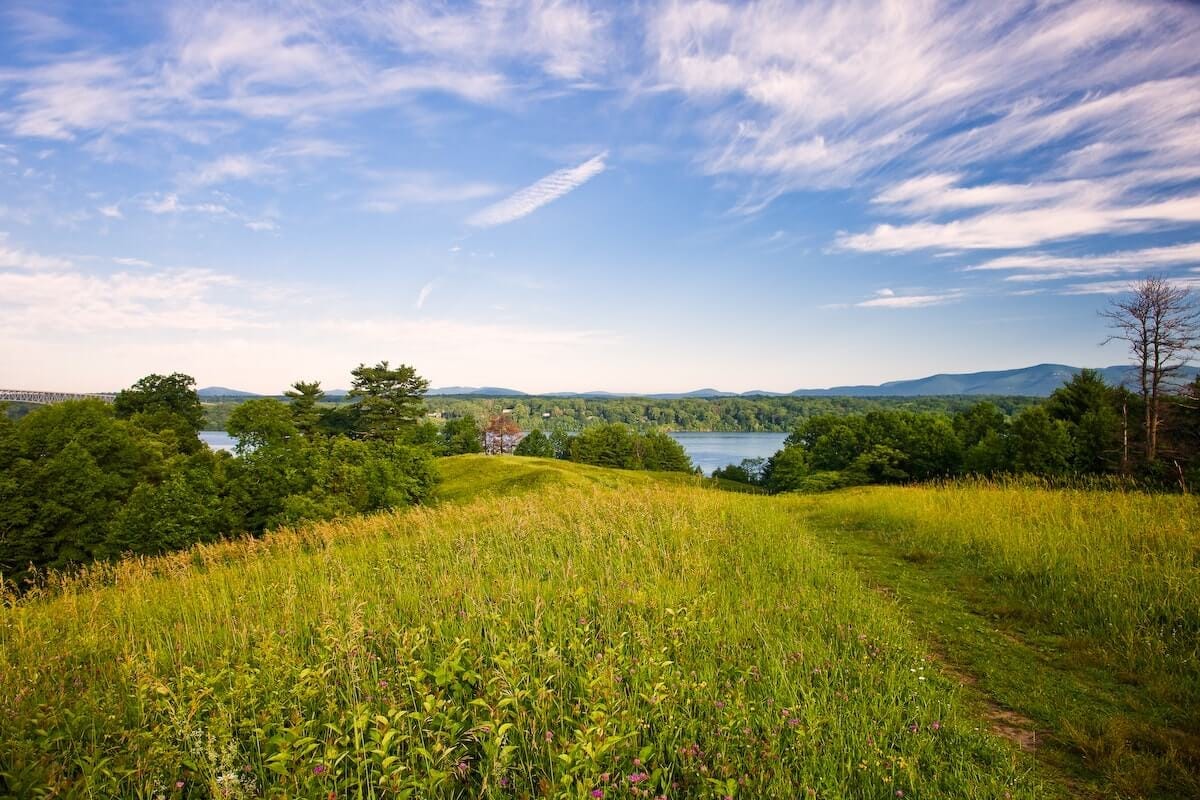
Five years ago, when my wife Tara and I celebrated our 20th anniversary, I had a local artist make a painting of the view from Poets’ Walk, which includes the Kingston-Rhinecliff Bridge and Overlook Mountain above Woodstock. As I mentioned, she grew up in Woodstock, and she’s also in charge of all the New York State bridges in the Mid-Hudson Valley (from the Bear Mountain Bridge all the way up to the Rip Van Winkle), so Poets’ Walk captures the landscape of our life together.
It’s probably hard to pick a favorite, there are so many.
Right. I also love the views from Mount Beacon. I love being atop the fire tower and looking down at Storm King and the Hudson River and the New York City skyline.
I also love Falling Waters in Saugerties, which is spectacular.
@image({"src": "ned-sullivan-of-scenic-hudson-6.webp", "alt": "Ned Sullivan of Scenic Hudson", "caption": "Photo by Devin Pickering"})
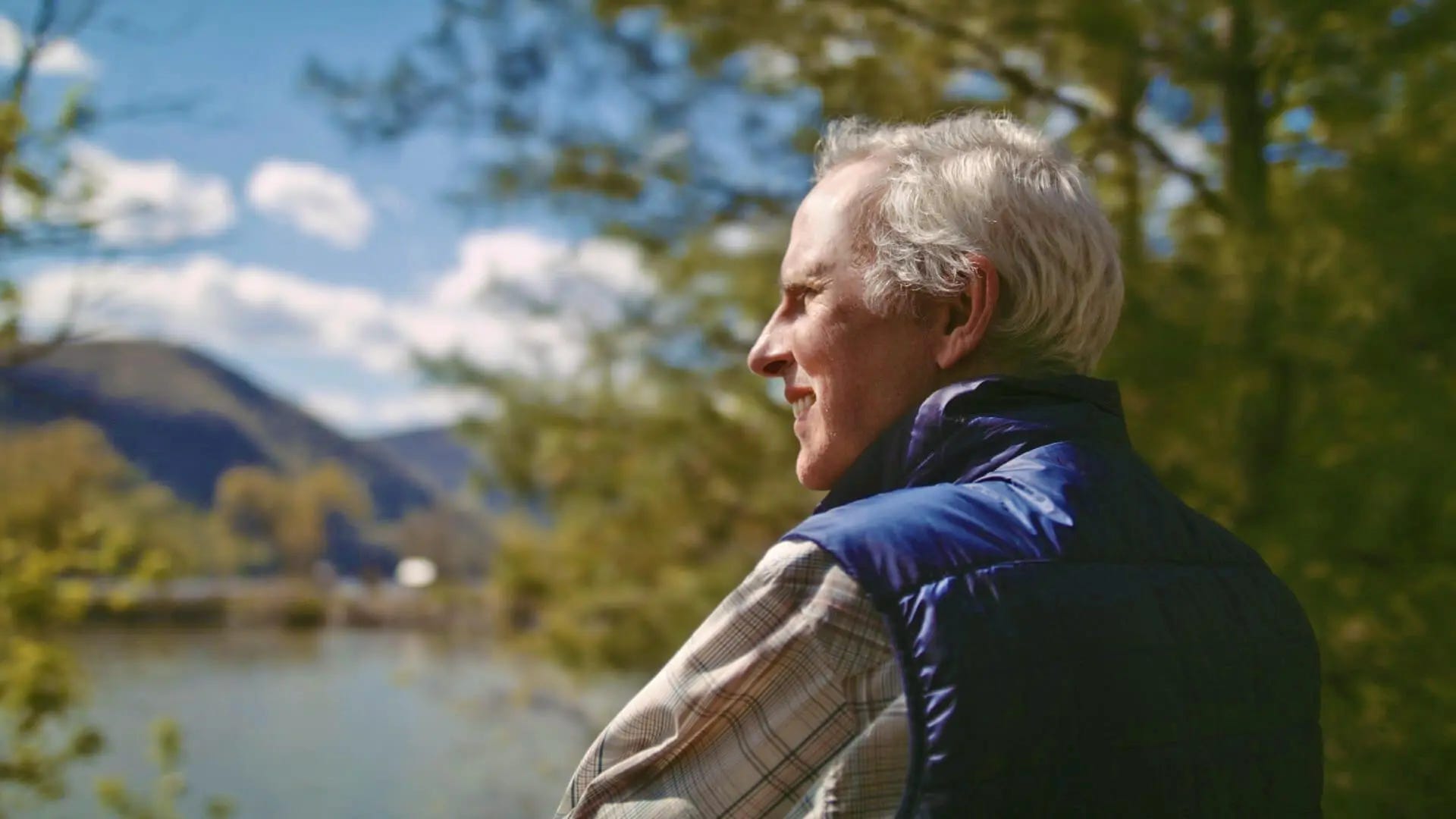
What does a typical day look like for you?
Every day I get up, have a healthy breakfast, and take my two border collies for a long walk.
Many days I’ll visit our parks to make sure they’re in good shape, particularly these days when we’re in lockdown and have to make sure that people enjoying our parks are keeping their social distance. That’s not part of my job specifically, but I just like to monitor how things are going. We have a terrific staff who are taking care of the parks through the COVID lockdown.

I interact with the management team and with the entire organization. In addition to our staff doing a fabulous job of maintaining the parks, we’re continuing our campaigns throughout the Hudson Valley to protect our clean water, to stop the latest power plant that’s been proposed, and to advance legislation in Albany and in Washington.
I stay in touch with team leaders and frontline members of the organization who are doing such great work. I also interact with state legislators, our congressional delegation, county executives, and the Scenic Hudson board of directors.
Toward the end of the day, I typically go for a bike ride. I live close to a set of hills, and I bicycle uphill about 1200 feet and then coast back down before helping my family prepare for dinner together.
What else do you enjoy doing?
I love to kayak, and many weekends I get out on the river. I thoroughly enjoy connecting with the Hudson right on the surface of the water.
During wintertime, I love cross-country skiing. That’s my absolute passion.
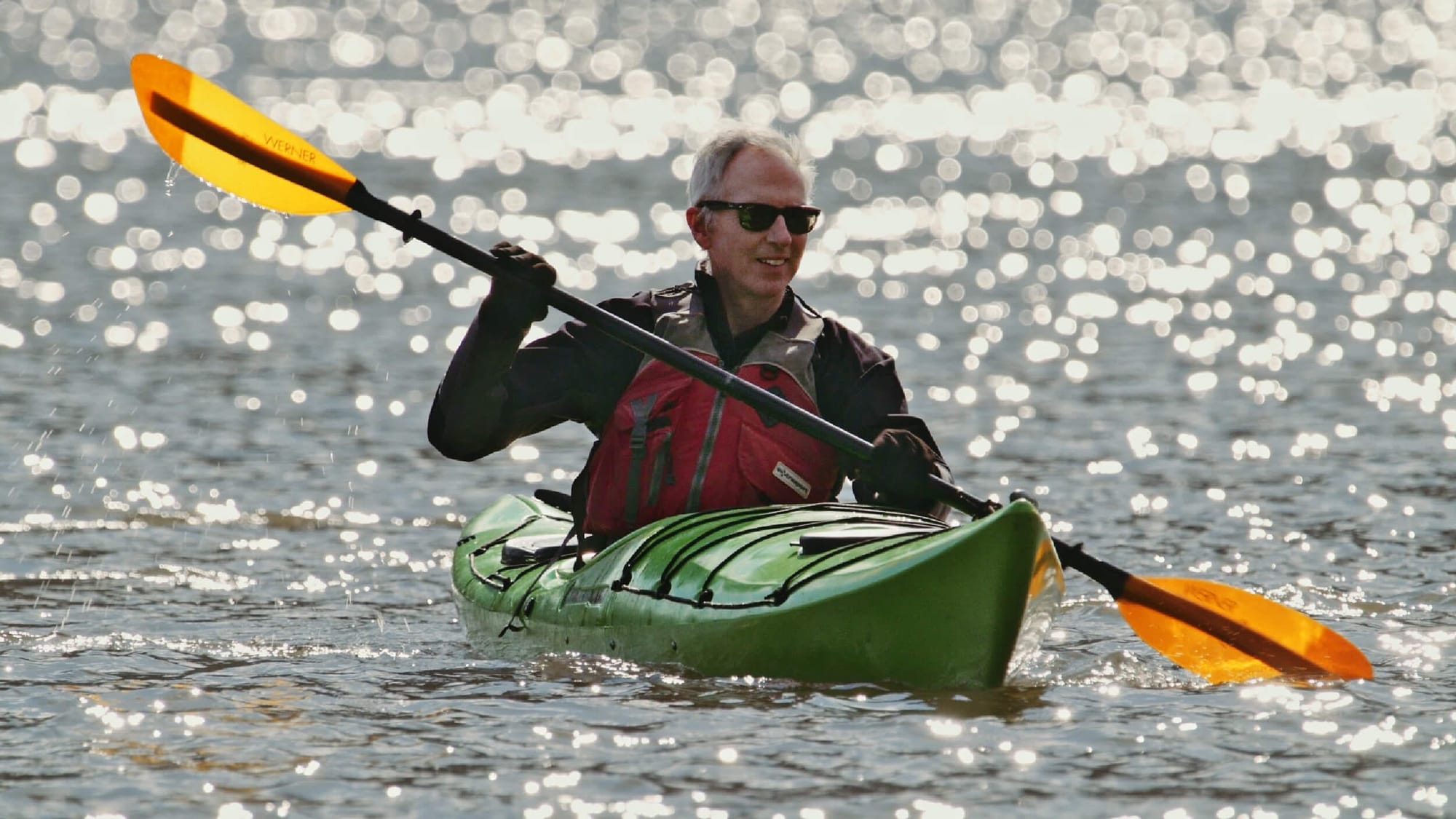
Is there anything you wish Hudson Valley residents knew about the river?
People are pretty in-touch with the ecology of the river and beauty of nature, but they might not realize that the Hudson Valley is one of the most biologically diverse areas of New York State.
It’s an estuary, and the tidal effect of the river extends all the way up to the Troy Dam near Albany — there’s three feet of tide, and the mixing of fresh and salt water typically extends all the way to Bear Mountain and West Point, and some years and seasons it extends even farther.
That mixing of salt water and fresh water creates remarkable biological diversity, it makes for the wonderful wetlands we have here, and it facilitates the habitats for endangered and threatened animal and plant species we have here.
Do you have a go-to coffee or beer order, and from where?
I love dark beers, and so Keegan Ales over in Kingston is terrific.
Obercreek Brewing is down in Hughsonville in Southern Dutchess County, and is run by a member of our board, Alex Reese, whose mother Franny Reese was one of Scenic Hudson’s founders.
I also wanted to mention that my daughter, Annie Sullivan, is now the owner of a juice bar in the town of Red Hook. It’s called Bliss Juice Bar, and they make fresh, healthy, cold-pressed juices. It’s on East Market Street in Red Hook. You can see their website here: https://blissredhook.com/
